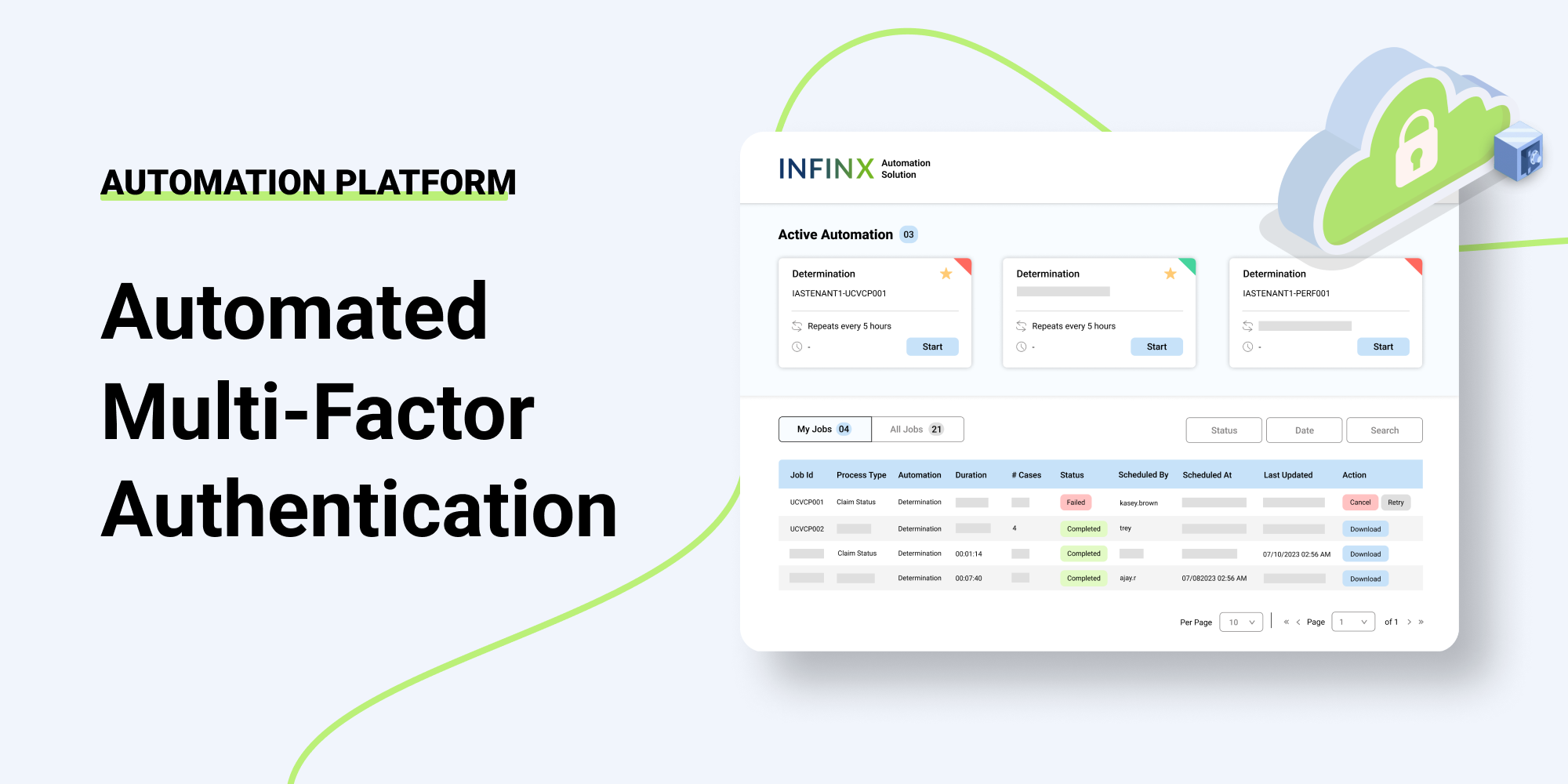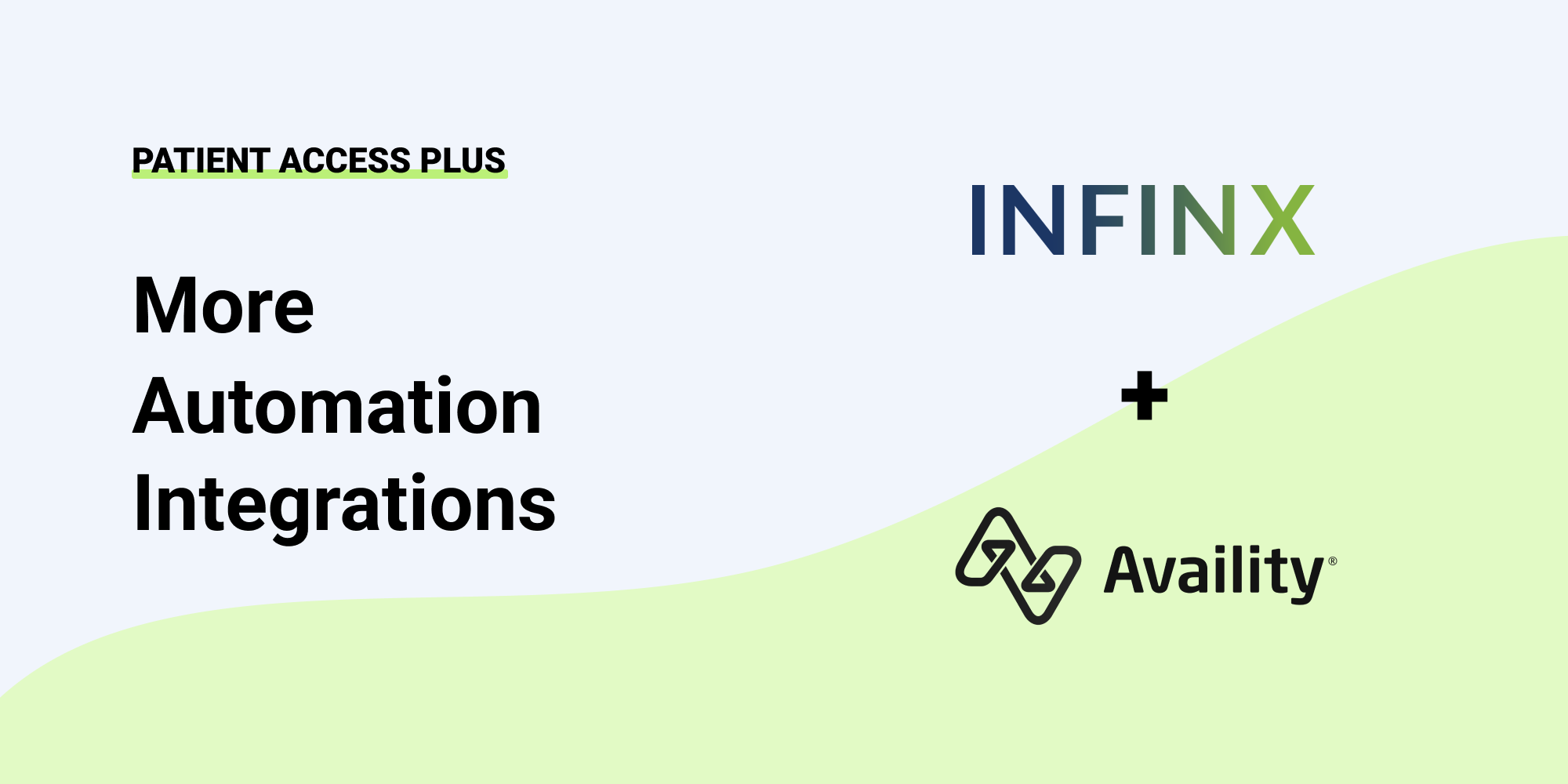There are certain pain points within the radiology revenue cycle management workflow that are accepted as part of doing business. No matter how much effort goes into implementing improvements, progress is slow or non-existent. The problem drives the conversation, but real, sustained improvements that maximize revenue cycle management (RCM) are rare.
Making headway in the RCM workflow is important as fee schedules continue to shrink, and patient consumerism grows through expanding financial obligation. The Centers for Medicare and Medicaid Services (CMS) released their National Health Expenditure Data on December 20, 2020, that estimates the consumer’s financial obligation to be greater than 28.3% of total US health spending, which accounts for a substantial rise in AR days outstanding and bad debt throughout the industry.
Examining Individual Pain Points in Radiology RCM
Perhaps it’s time to look at the problem with fresh eyes and determine what automated technology and new processes can be brought to the equation. Examining RCM’s key functions helps determine where maximum efficiency can be gained and previously lost or delayed revenue captured. Let’s look at four improvements that can prove beneficial:
- Examine the Coding Process Including Timeliness and Level of Accuracy
Once a patient is seen, the first step is to determine accurate coding and level of service. However, whether it’s due to lack of time or chart completion expectations, procedures are often under coded, miscoded, documentation is missing, or level of service is misclassified. This causes severe problems that impact revenue, including denials, underpayment, and abandonment of claims.Setting up provider and department coding guidelines is one way to ensure timely, accurate reports are completed and turned in for claims processing. An additional solution might be to engage a third-party partner that can not only provide scalable and accurate coding services but can maintain coding specialists’ training and certifications as required, and process denied claims through payment, identifying problems and building in safeguards to prevent future occurrences. - Step by Step Through the Billing Process
One of the most significant pain points from the billing process is the inability to quickly scale for the workload and the havoc it creates through the entire billing cycle. From charge entry to payment posting, everything can be either overloaded or slowed to a crawl based on staffing within the billing department.Staffing issues from unexpected changes, family leave requests, and hiring miscues can all create bottlenecks that slow down processing and impact bottom-line revenue. Engaging a resource that can absorb the scalability issues and also take on resolving credit balances and contract management would allow administrative staff to respond to patients’ and providers’ needs in a more timely fashion. - AR Continues to Grow Signaling a Need for Optimization
Denial management is often cited as an ongoing problem in many radiology practices. Technology using AI and automation is available to optimize AR, and utilizes proprietary recovery prediction algorithms to focus efforts on which denials are collectible so that energy is spent on the recovery of revenue and increase of early cash flow. By reducing write-offs and identifying the next best activity through automated algorithms based on payer guidelines and procedures, a radiology group can be assured the maximum revenue is collected. - Examine Growing Collections from Increased Self Pay and Charitable Care
Bad debt can total as much as 15% of total receipts in today’s practices, and that number is sure to grow as patients assume more and more of the financial obligations for care unless something is done to curb this trend. One such solution may be initializing an insurance discovery process that uses AI and automation to scour clearinghouses and insurance databases to identify undisclosed coverage. Especially useful for Medicaid and commercial insurances, insurance discovery solutions use probabilistic analytics and machine learning to identify missing or incorrect information so that patients’ coverage can be properly billed and collected.>
Instead of accepting ongoing operational shortfalls, each of these pain points/solutions brings increased administrative efficiencies that allow for a more smoothly run operation. Overall, this provides higher cash flows, faster recovery times, reduced aging, and improved margins for stakeholders.
Contact us to request a meeting to get an expanded analysis of our automated RCM solutions.


